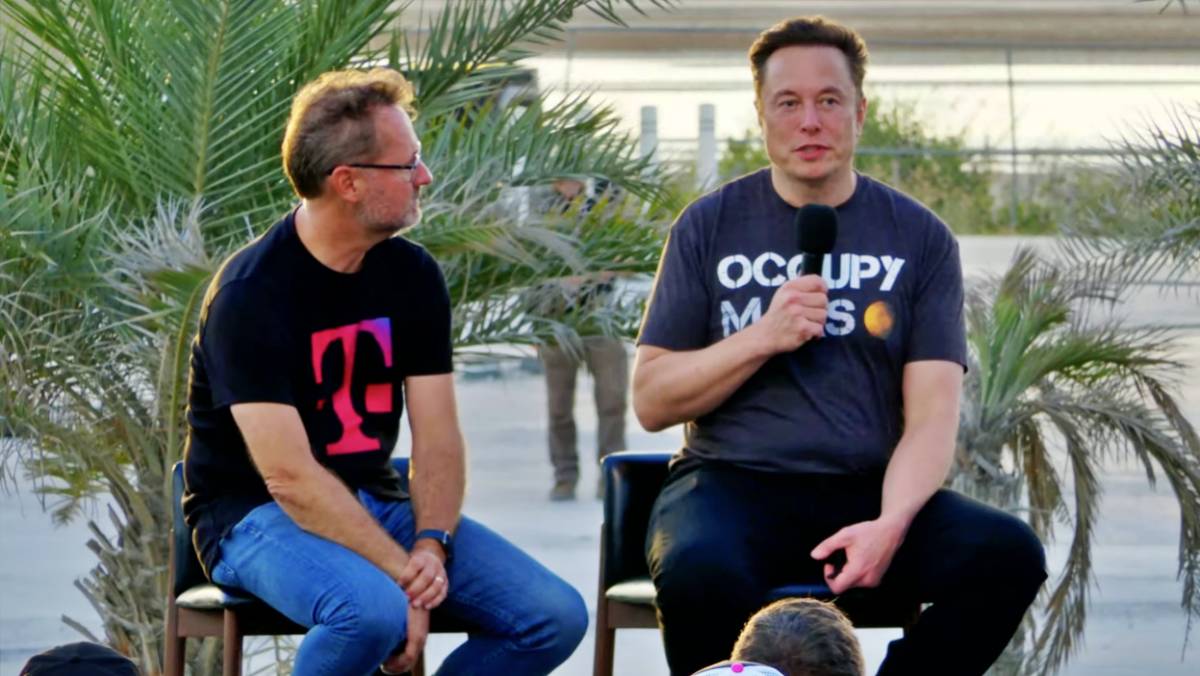As AT&T and T-Mobile gear up to release their first devices utilising RedCap, also known as “Reduced Capability” or NR-Light, a new chapter in the 5G landscape unfolds. RedCap addresses the growing demand for low-power, low-bandwidth Internet of Things (IoT) devices.
Let’s break down what this technology is and how it might shape the future of connectivity.
Read also: Samsung Magic Frame speaker: Fusion of sound, art, and furniture
What is RedCap?
RedCap (Reduced Capability), sometimes called NR-Light, is a lighter version of the 5G specification. Unlike traditional 5G networks designed to handle high-speed, high-bandwidth connections, RedCap is tailored for IoT devices that don’t require massive data throughput.
These devices include wearables, sensors, and surveillance cameras, where efficiency and longevity are prioritised over speed.
The role of RedCap in IoT
RedCap aims to simplify the design and operation of IoT devices by minimising power consumption. This could result in more affordable cellular-connected devices like smartwatches, augmented reality (XR) glasses, and other portable gadgets.
These devices would no longer need high-powered antennas, allowing them to last longer on a single charge while remaining connected to cellular networks.
AT&T and T-Mobile’s plans for RedCap devices
AT&T and T-Mobile are leading the charge in deploying devices that exploit RedCap’s capabilities. AT&T has been testing the specification since early 2024, with plans to release its first NR-Light devices in 2025.
According to AT&T AVP of device Architecture Jason Silkes, these early products will likely include affordable mobile hotspots and dongles.
On the other hand, T-Mobile plans to launch its first RedCap-enabled device before the end of 2024.
Although the specific details of this device remain unclear, there is speculation that T-Mobile may introduce a dongle or other similar products.
Qualcomm’s Snapdragon X35 modem chipset, launched in 2023, is providing a major boost to the development of RedCap devices. Several companies, including T-Mobile and AT&T, plan to use this chipset in their future products. The Snapdragon X35 is designed to support the reduced power and bandwidth needs of RedCap devices, making it ideal for IoT applications.
Read also: Huawei’s triple-folding Mate XT smartphone unveiled in Nigeria
The future of RedCap in 5G
RedCap is, however, at an early stage, and its potential can help create a 5G ecosystem. RedCap could help advance the introduction of connected devices in different fields due to the availability of affordable and efficient devices.
Hence, the rivalry between AT&T and T-Mobile, as well as innovations like Qualcomm’s Snapdragon X35, can quicken the deployment of fresh RedCap devices in the next years.
In this regard, major technology exhibitions such as CES, expected in the next two years, will lead to more new product launches with RedCap capabilities, thus promoting new innovation in IoT areas.

